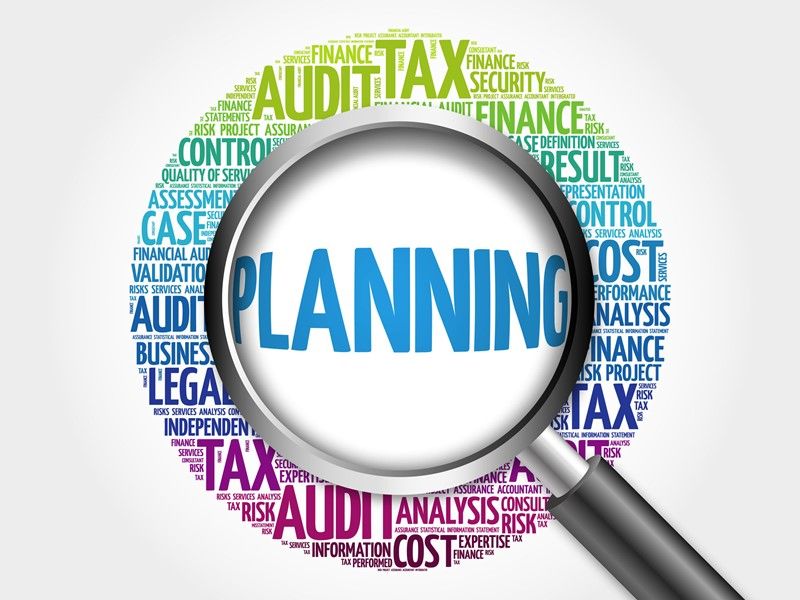Definition of a building sub-contractor
Know the rules for contractors & subs under CIS to avoid issues with HMRC.
Under the Construction Industry Scheme (CIS), HMRC applies specific tax rules to contractors and subcontractors in the construction industry. Contractors are responsible for deducting tax from payments made to subcontractors and forwarding it to HMRC. These deductions act as advance payments toward the subcontractor’s income tax and National Insurance.
A subcontractor is defined as any business or individual that agrees to perform construction operations for another business (a contractor or deemed contractor). This applies whether the work is done directly or through others such as employees or further subcontractors. Notably, a business typically considered a main contractor can be a subcontractor if hired by another contractor, such as a local authority.
Subcontractors can include:
- Companies, public bodies, partnerships and self-employed individuals.
- Labour agencies or staff bureaus that supply or employ workers for construction.
- Foreign businesses performing construction in the UK or its territorial waters.
- Local authorities or public bodies engaged in construction work for others.
- Gang-leaders who agrees with a contractor on the work to be done, and in turn receives payment for the work of the team.
Some businesses function as both contractors and subcontractors, paying others while also being paid for their services. These businesses must follow both sets of CIS rules depending on their role in each transaction.




